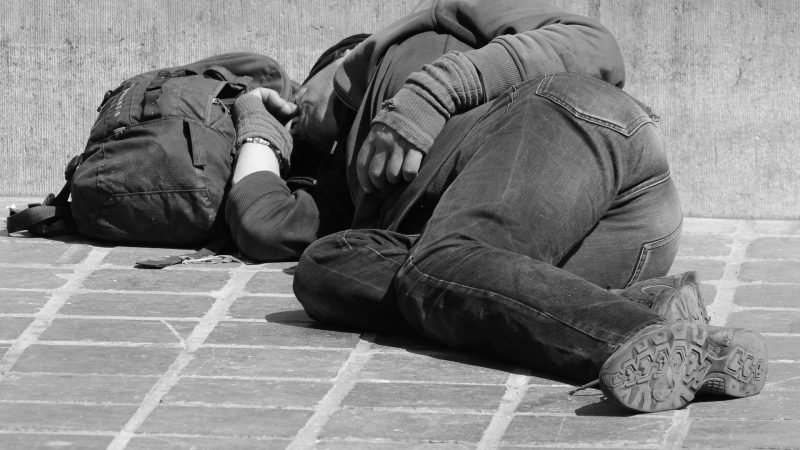A line of wilting people snakes across the busy Brooklyn sidewalk. Families cluster beneath a few sparse trees and flatten themselves under narrow awnings, some sinking to the ground, seeking a sliver of shade. Most people have been waiting two to three hours to pick up a small bag of groceries at the Brooklyn Faith SDA Church food pantry in the East Flatbush neighborhood. “Trust me,” says pantry director, Barbara Joseph, “People would not be here if there wasn’t a real and pressing need.”
The New York State unemployment rate fell to 4.7% in May 2016, its lowest level since 2007, but many families are still struggling to find enough full-time work to keep a roof overhead and food on the table. Some 1.4 million New Yorkers struggle with food insecurity, and although Food Bank For New York City delivers 300,000 pounds of food per day, that is still not enough to close the yawning meal gap.
“About 60% of New York City residents who are using food pantries are also getting SNAP benefits,” says Food Bank For New York City Vice President for Research and Public Affairs Triada Stampas. “It’s just that they need a food pantry when their benefits run out, because those dollars are just not getting them through a whole month.” Of the other 40%, many are not poor enough to receive food stamps, but need to come here nonetheless.
For a family of three to qualify for food stamps, their gross monthly income must be at or below 130% of the poverty line. In 2016, in order to qualify a three-person family must make less than $2,177 a month, or about $26,100 a year.
In a slowly recovering post-recession economy, many low and middle-income families earn too much to receive government assistance but bring in barely enough to meet basic needs. In places like New York City where the cost of living is high, families just above 130% of the poverty line must depend on emergency sources of food like pantries and soup kitchens in times of need.
According to the Hamilton Project’s paper A Dozen Facts About America’s Struggling Middle Class, “In 2012 more than 24 percent of struggling lower-middle-class children ages twelve to seventeen (or approximately 1.7 million children) lived in a household identified as being food insecure.” Most of these families struggling with food insecurity are working families.
According to a recent study by the USDA, in 2010-2011, 75 percent of food-insecure families with children had one or more working adults – 60 percent had an adult working full-time. There are twice as many employed adults – many of them college-educated – seeking emergency food assistance than there are homeless people. And many working families, whose small paychecks preclude savings, are one lost job or serious illness away from financial disaster.
“We’re in an economy that has been upended and restructured by the recession,” says Food Bank For New York City’s Triada Stampas, “Low-wage work is no longer a guarantee against hunger. This sector is called emergency food because the purpose was considered to be the resource you turn to in an emergency – you lose a job or some misfortune happens in your life and you find yourself temporarily in need. The truth of the matter is, we are no longer exclusively providing emergency food, our network, our system is serving chronic need.”
-Filecia Pedley Brooklyn, New YorkI’m a mother of four children. I work for the City – for the Department of Consumer Affairs. I’ve been there for 14 years. I’m married; my husband is self-employed as a computer programmer. Even though we’re both working and I’m working full-time, we still have to go to the food pantry in times of need – usually once or twice a month.
People really depend on the pantry. I see hundreds of people just pouring in every time I’m there. I see lots of people that have good jobs like nurses that are still going to the pantry…really it’s people from all walks of life. There have been times that we’ve gone to the pantry and there’s nothing there. The shelves are empty, maybe just enough there for one dinner. The demand sometimes is just greater than the supply.
Food cost is expensive in New York City. I’ve never gotten help with my kids as far as vouchers, food stamps, daycare. Every time I applied I got denied because they told me I was above the minimum to qualify. And I’m like, what’s the minimum? Because once I get done paying rent and bills there’s nothing left. Why do they deny parents that are working? It’s unfair in some ways because I want to work and make a living so why can’t I get assistance with daycare? Why can’t I get assistance with food? Why is it only people that aren’t working are getting this help? (Download this issue for full story)
TOO RICH TO BE POOR, TOO POOR TO GET BY



